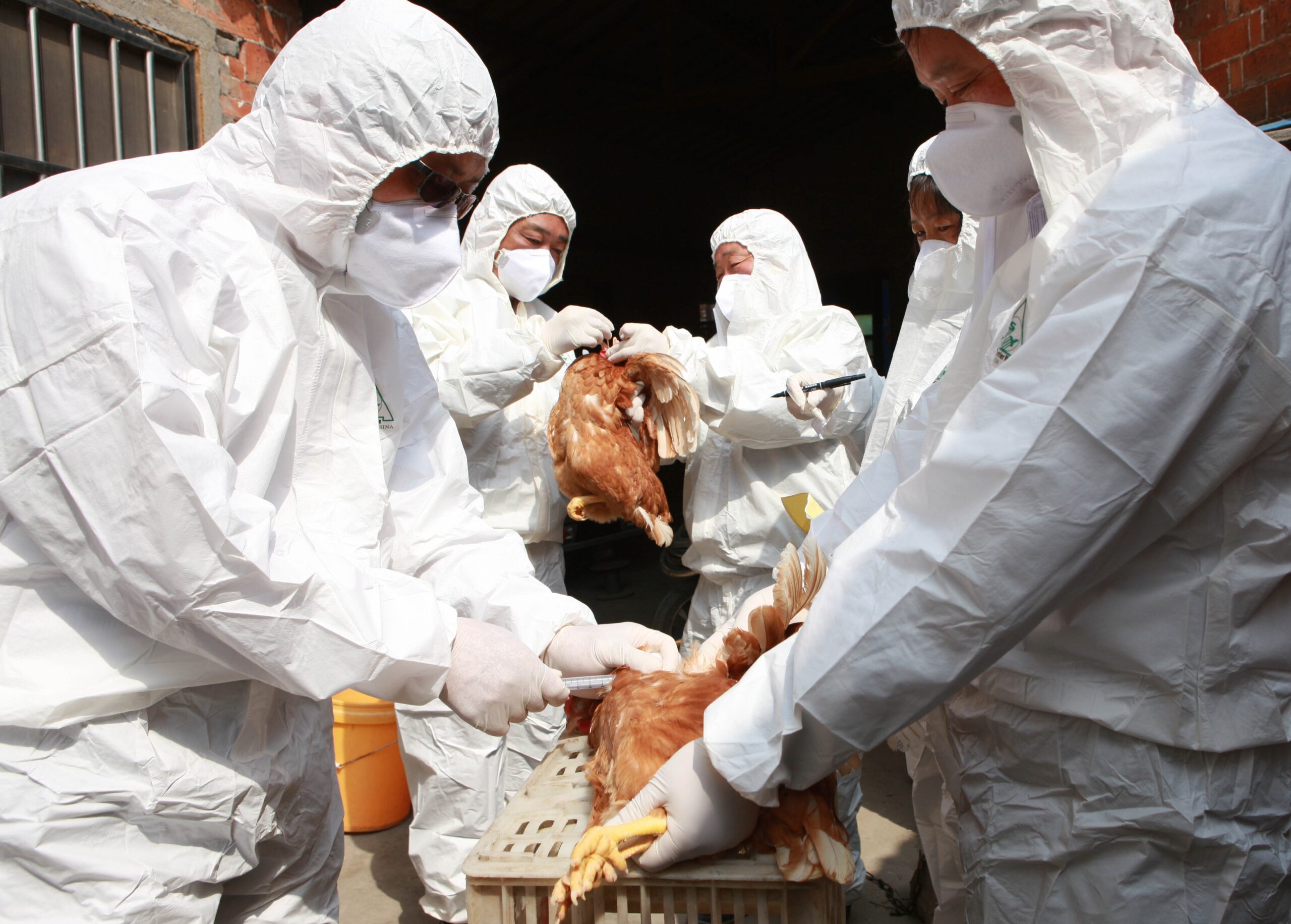
On Friday, the U.S. Department of Health and Human Services (HHS) unveiled a $306 million investment to combat the H5N1 avian influenza, or “bird flu,” including the development of mRNA vaccines and pandemic preparedness measures.
But beneath the surface of these efforts lies a troubling revelation: newly obtained documents expose government-funded experiments designed to make bird flu viruses more transmissible and lethal, sparking fears of an orchestrated biosecurity crisis.
Documents obtained by the watchdog group The White Coat Waste Project confirm that federally funded research involves infecting birds with various strains of bird flu to enhance the virus’s transmissibility.

BYPASS THE CENSORS
Sign up to get unfiltered news delivered straight to your inbox.
You can unsubscribe any time. By subscribing you agree to our Terms of Use
Latest Video
These experiments also explore the pathogen’s ability to “jump into mammalian hosts,” raising serious biosecurity concerns. Funding for this research began in April 2021 and is set to continue through March 2026.
This mirrors the gain-of-function experiments linked to the COVID-19 pandemic, which raises two questions: is history about to repeat itself? Are we going to allow the elite to pull the same trick twice?
Making matters more suspicious, HHS is funneling significant resources into pandemic preparedness through its Administration for Strategic Preparedness and Response (ASPR). The funding breakdown includes:
- $90 million for the Hospital Preparedness Program (HPP)
- $10 million for the National Emerging Special Pathogens Training and Education Center (NETEC)
- $26 million for Regional Emerging Special Pathogen Treatment Centers (RESPTCs)
- $43 million for Avian Influenza Preparedness and Response Activities
- $14 million to replenish National Disaster Medical System (NDMS) equipment and supply caches
The Centers for Disease Control and Prevention (CDC) will allocate $111 million to enhance monitoring of the virus at local, state, and national levels. This includes $103 million for increased surveillance of individuals exposed to infected animals and outreach to high-risk populations, such as livestock workers.
Additionally, the National Institutes of Health (NIH) is directing $11 million toward researching potential medical countermeasures for H5N1.
Despite these efforts, critics warn the $306 million investment signals not just preparation, but a calculated orchestration of the next pandemic. The eerie parallels to pre-COVID-19 events—including gain-of-function research and the rollout of new vaccines—have sparked demands to halt such experiments and strip the government of emergency pandemic powers.
“While CDC’s assessment of the risk of avian influenza to the general public remains low, USDA and HHS continue to closely collaborate with Federal, State, local, industry, and other stakeholders to protect human health, animal health, and food safety,” the HHS press release stated.
Yet many remain unconvinced. With federal agencies, including the Department of Energy and FBI, affirming that the COVID-19 virus was likely manmade, fears about the intentional or accidental release of enhanced bird flu strains have grown.
The dual strategy of funding vaccines and researching more dangerous strains of bird flu has left critics questioning the government’s priorities. Is this preparation—or reckless experimentation that could unleash the very pandemic it claims to prevent?
